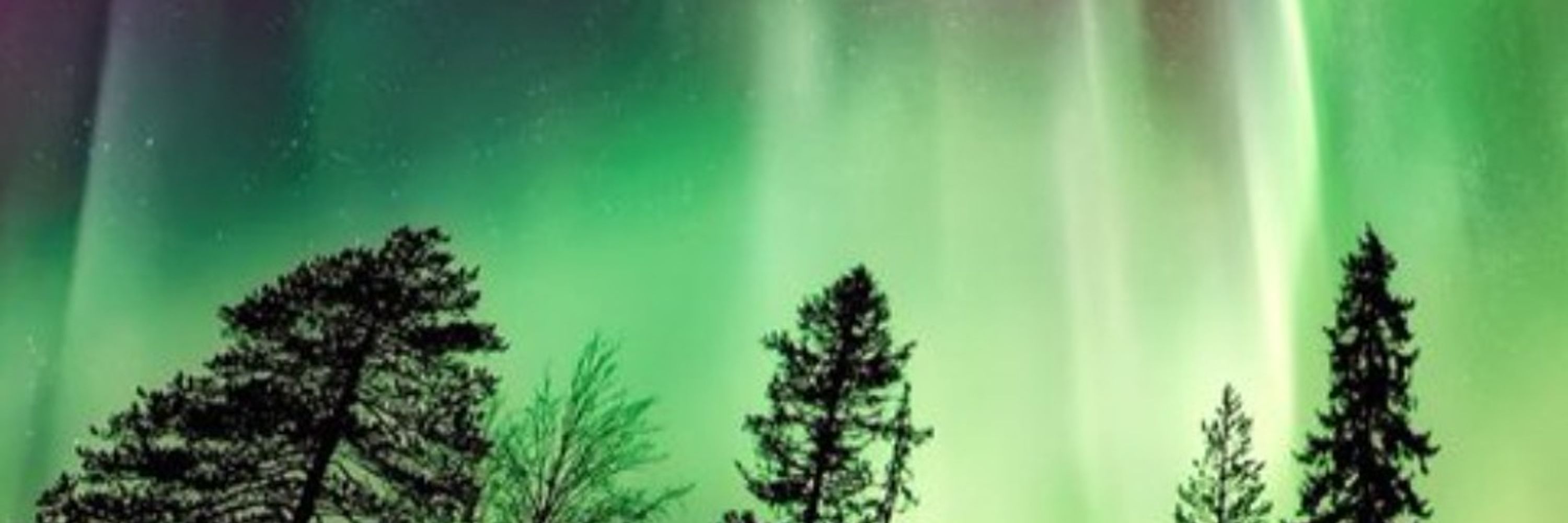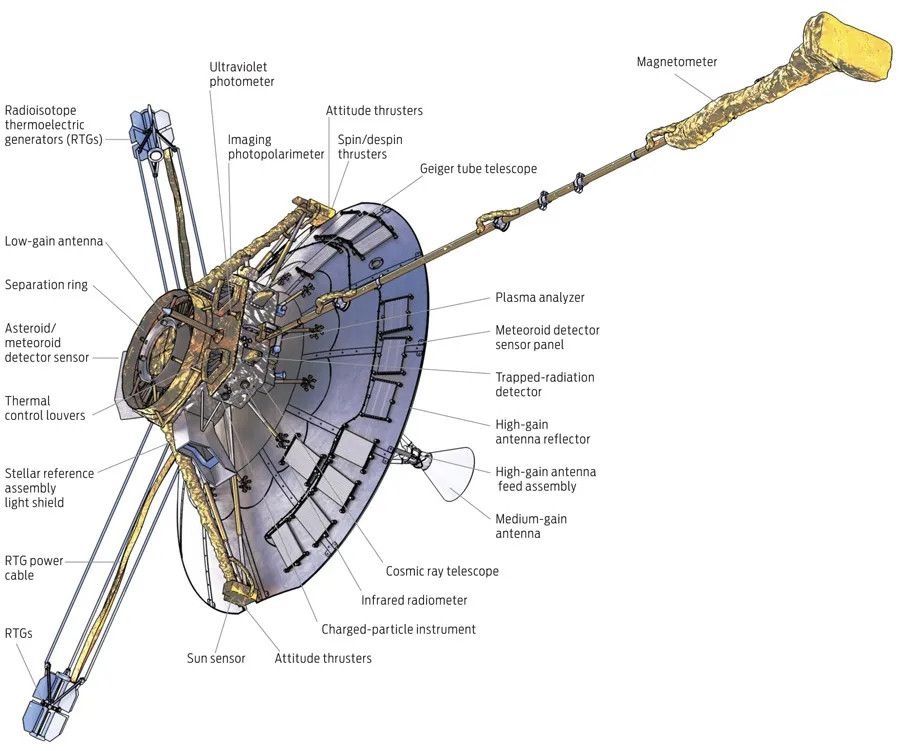
https://skycalpro.com

skycalpro.com
New Look.
More days of predictions (Log-in to unlock)
Let me know what you think! Share and Like to spread the word - Video in the next post
#Astronomy #Stargazing
#AstroHistory


#AstroHistory
Images:
Pioneer 10 montage, Dec 1973
Pioneer 11 full-disk from 760,000 km, Dec 1974
#AstroHistory #Jupiter


Images:
Pioneer 10 montage, Dec 1973
Pioneer 11 full-disk from 760,000 km, Dec 1974
#AstroHistory #Jupiter

#AstroHistory


#AstroHistory
Images:
Pioneer 10 montage, Dec 1973
Pioneer 11 full-disk from 760,000 km, Dec 1974
#AstroHistory #Jupiter


Images:
Pioneer 10 montage, Dec 1973
Pioneer 11 full-disk from 760,000 km, Dec 1974
#AstroHistory #Jupiter
skycalpro.com

skycalpro.com
1891 Lick Obs-36" refractor, E.E. Barnard
1950 Mt Palomar-200" reflector, M.L. Humason
#AstroHistory


1891 Lick Obs-36" refractor, E.E. Barnard
1950 Mt Palomar-200" reflector, M.L. Humason
#AstroHistory

1891 Lick Obs-36" refractor, E.E. Barnard
1950 Mt Palomar-200" reflector, M.L. Humason
#AstroHistory


1891 Lick Obs-36" refractor, E.E. Barnard
1950 Mt Palomar-200" reflector, M.L. Humason
#AstroHistory
The sky above us is for all of us, free-of-charge, and unlimited. 😉

The sky above us is for all of us, free-of-charge, and unlimited. 😉


Drawn Nov 1 1880 (9:30 PM); published 1881 in The Trouvelot Astronomical Drawings. #AstroHistory #Jupiter

Drawn Nov 1 1880 (9:30 PM); published 1881 in The Trouvelot Astronomical Drawings. #AstroHistory #Jupiter
When i get time this week I'll mock it up in production and see if it goes up there too. Hopefully ready publicly in the next couple of days
#AstroMethods

When i get time this week I'll mock it up in production and see if it goes up there too. Hopefully ready publicly in the next couple of days
#AstroMethods

Drawn Nov 1 1880 (9:30 PM); published 1881 in The Trouvelot Astronomical Drawings. #AstroHistory #Jupiter

Drawn Nov 1 1880 (9:30 PM); published 1881 in The Trouvelot Astronomical Drawings. #AstroHistory #Jupiter

I think we’re looking at a half moon (white circle with terminator black line), exposed that the earthshine is showing on the right. The purple circle is the scope aperture. The bubbles artefacts of the development process. What do you think?

I think we’re looking at a half moon (white circle with terminator black line), exposed that the earthshine is showing on the right. The purple circle is the scope aperture. The bubbles artefacts of the development process. What do you think?

Louis Daguerre: Creator of Daguerreotype technique and took the first photo of a human
John Draper: Used Daguerre's technique, a daguerreotype plate and a 5-inch reflector telescope to capture the Moon—paving the way for astrophotography


Louis Daguerre: Creator of Daguerreotype technique and took the first photo of a human
John Draper: Used Daguerre's technique, a daguerreotype plate and a 5-inch reflector telescope to capture the Moon—paving the way for astrophotography
Image credit: NASA

Image credit: NASA



